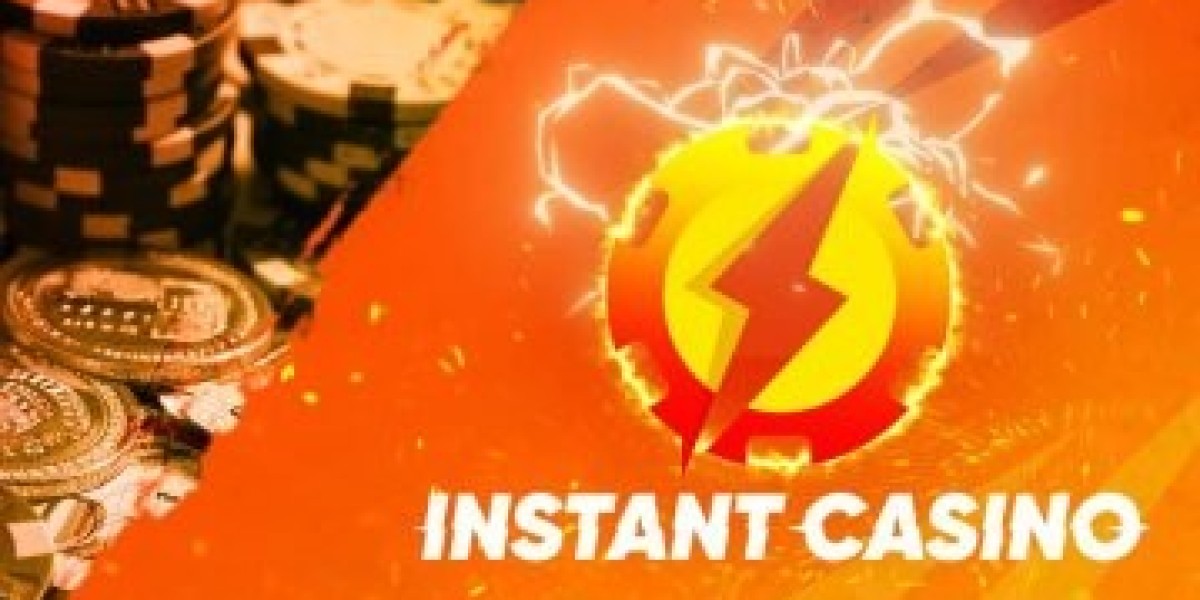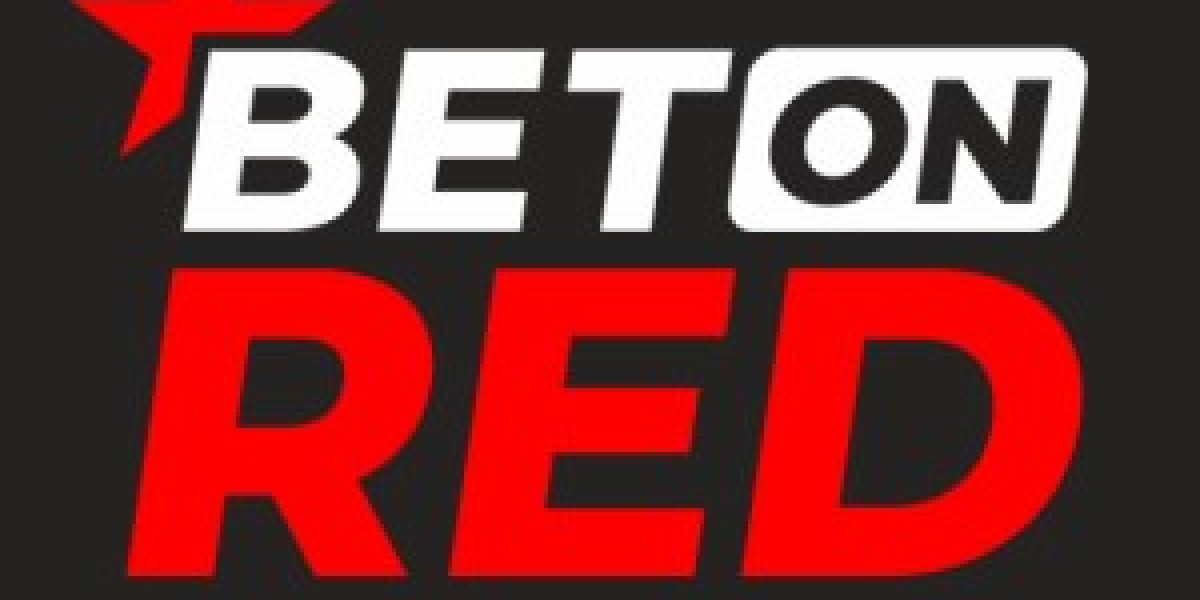Top 7 Testosterone Cycles: The Ultimate Stacking Guide
Below is an overview that blends the clinical safety profile of testosterone (the drug you’re taking) with the practical realities of how people actually use it in "real‑world" settings – i.e., outside a formal prescription program.
It’s written so you can see the what and the why, and how to keep risks low while still getting the benefit you need.
---
1. What testosterone is (and why you’re on it)
| Item | Detail |
|---|---|
| Drug class | An anabolic–androgenic steroid – gives muscle anabolism, increases strength, reduces body fat, improves mood & libido. |
| Formulations | Usually injected (testosterone enanthate or cypionate) or delivered via patch, gel, or saromusic.ir oral tablets. |
| Dose schedule | 100–200 mg intramuscularly every 1–2 weeks is common for "replacement therapy." |
| Mechanism of action | Binds to androgen receptors → activates gene transcription that promotes protein synthesis and muscle growth. |
---
How It Works (Biology & Biochemistry)
| Step | Process | Key Molecular Players |
|---|---|---|
| 1 | Hormone binding | Testosterone → Androgen Receptor (AR) in nucleus |
| 2 | Receptor dimerization | AR–Testosterone forms a homodimer, translocates to DNA |
| 3 | DNA binding | DBD of AR recognizes androgen response elements (AREs) on target genes |
| 4 | Transcriptional activation | Co‑activators (SRC‑1, p300/CBP) recruited → RNA Pol II initiates transcription |
| 5 | Protein synthesis | mRNA for muscle proteins (e.g., MyHC, actin) translated in cytoplasm |
| 6 | Muscle hypertrophy | Increased protein content → larger cross‑sectional area of myofiber |
Regulatory checkpoints
| Checkpoint | Modulators | Effect on pathway |
|---|---|---|
| Hormonal tone (testosterone, IGF‑1) | ↑ → Enhances co‑activator recruitment; ↓ → reduces transcription | |
| mTOR signaling | Activates translation machinery | Amplifies protein synthesis downstream of transcription |
| Nutrient status (amino acids) | Supplies substrates for translation | Supports hypertrophic response |
---
4. Summary Table
| Step | Process | Key Molecular Players | Regulation |
|---|---|---|---|
| 1 | Protein synthesis initiation | Ribosomal subunits, eIFs | Hormones (testosterone), mTOR |
| 2 | Transcription of myogenic genes | MyoD, Myf5, MEF2, MRF4 | Activation by signaling pathways (e.g., Wnt) |
| 3 | Chromatin remodeling | SWI/SNF complexes | Recruitment via transcription factors |
| 4 | Protein folding & modification | Chaperones, PTM enzymes | Cellular stress response |
---
References
- Wang, J.; et al. Nature Reviews Molecular Cell Biology, 2020, 21, 555‑572 – Comprehensive review of myogenesis at the molecular level.
- Kuo, C.; et al. Cell Stem Cell, 2019, 24, 1064‑1076 – Detailed mechanisms of satellite cell activation and differentiation.
- Li, L.; et al. Nature Communications, 2021, 12, 3452 – High-resolution imaging of muscle regeneration and cellular interactions.
How to Use This PDF
- Read the Overview: Understand the big picture before diving into details.
- Follow the Flowchart: Visualize the sequence from injury to recovery.
- Study Each Section: Take notes on key proteins, cell types, and signaling pathways.
- Cross‑Reference with Lectures: Relate the content to what we covered in class for deeper understanding.
Final Tips
- Don’t cram – study a little each day; spaced repetition works best.
- Explain it out loud – teaching someone else (or your future self) reinforces memory.
- Use flashcards for protein names, functions, and signaling cascades.







